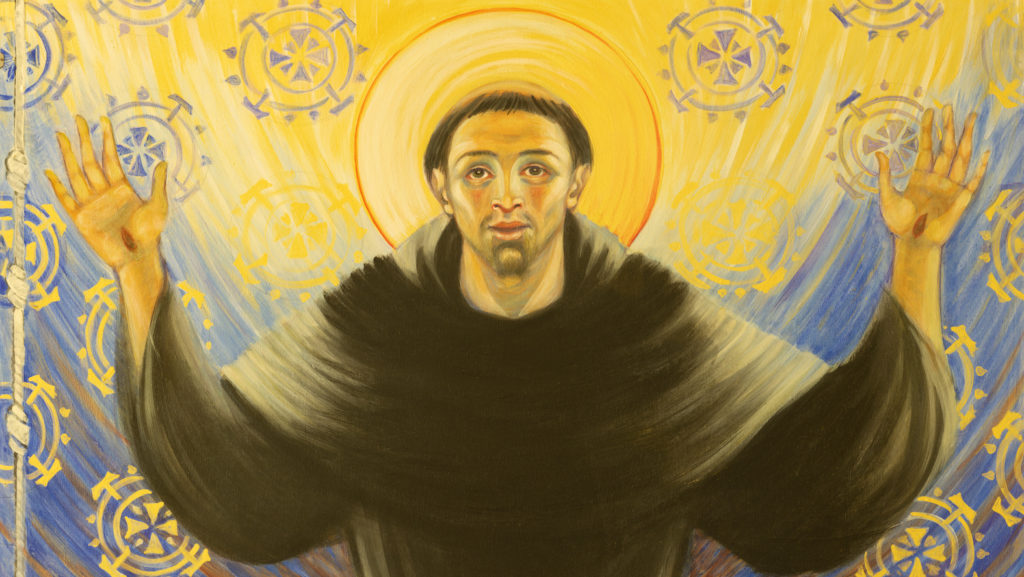“Modern man listens more willingly to witnesses than to teachers,” wrote St. Pope Paul VI in “Evangelii Nuntiandi” (“In Proclaiming the Gospel”). “And if he does listen to teachers, it is because they are witnesses.”
Each liturgical season offers a new lens through which to encounter God in the rhythms of daily life. Advent invites us to long for light. Christmas stirs hope and the promise of new beginnings. The unfolding days of Ordinary Time encourage reflection, learning, and steady growth, while Lent a time of sacrifice and preparation. But Easter, paired as it is with the awakening of spring, calls us to transformation. Easter is a special season of witness, of renewal, of revelation.
As we step into this Easter season, Paul’s words take on renewed urgency. Christianity is not a philosophy; it is an encounter. And the Resurrection is not merely a past event; it is a living reality, still unfolding in the lives of believers.
As a writer and editor for nearly 20 years, my mission has been to shine a light on the witnesses of our faith so that we might not only learn from them but be transformed through encounter. That truth echoed again and again while I was researching and writing my book “Saints, Angels & Demons: An A-to-Z Guide to the Holy and the Damned” (Black Dog & Leventhal, $32). The saints were not merely teachers of the faith; they embodied the faith. Their lives stood as living witnesses to the living resurrection that is Christ Jesus. In every age and in their own unique ways, they show us what it means to move through the world with Easter light in our eyes.
As we embark on another Easter season, it’s easy to view the saints as distant or extraordinary figures set apart by miracles or heroic virtue. But when we see them instead as witnesses and companions on the journey, their lives become invitations. Through them, we glimpse what it means to be transformed by the Resurrection in tangible ways.
There are thousands of men and women whose witness to that transformation can help us grow in awareness, understanding, and the daily experience of the risen Christ. Here are five of them.
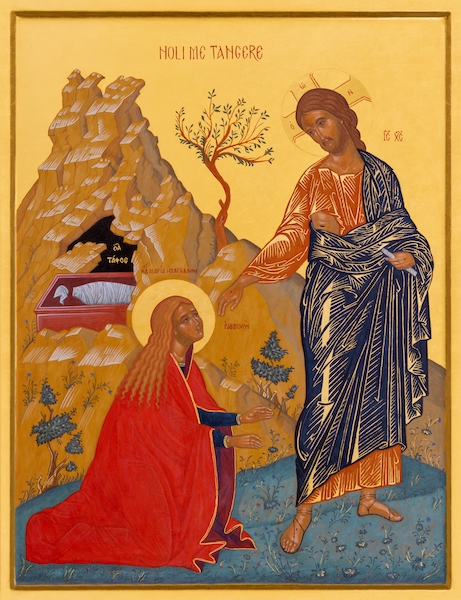
St. Mary Magdalene: The first witness
Easter begins with the joy that can come from confusion. Jesus has died a horrible death. Mary Magdalene, traumatized by what happened to her friend and confidante, arrives at the tomb expecting the usual signs of death. Instead, she finds emptiness.
Weeping and in a state of bewilderment, she has an encounter with a mysterious figure. She doesn’t recognize the person standing in front of her until he speaks her name. In that moment, sorrow becomes bliss.
Though Jesus and Mary exchange a few words, the resurrection isn’t explained to her; it is revealed by Christ’s presence. Mary Magdalene becomes the first witness — not as a scholar, not as a writer, not as a speaker, but as a woman whose grief was transformed by an encounter with Love. Her life tells us the powerful truth that to witness is to encounter, and from that encounter to proclaim what has awakened in us with joy and excitement.
St. Francis of Assisi: Witness of love’s castaways
Born into wealth, St. Francis gave it all away after encountering Christ in the face of a leper. His life became a witness to the Gospel, not only in words but in radical simplicity and joy. He kissed wounds, preached to animals, and called the sun and moon his kin. His stigmata marked him outwardly, but it was the inner radiance of his love that bore witness to Christ.
Francis didn’t just believe in the Resurrection. He lived it, every day, with contagious joy. Through Francis we come to realize that we often encounter Jesus most fully not in triumph but in the eyes of people who are suffering. It is a strange and holy paradox that something as seemingly lofty as God is most vividly revealed in moments of disease, breakdown, woundedness, and need.
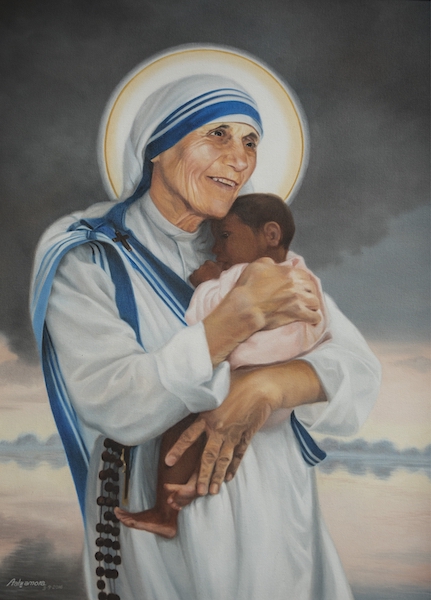
St. Teresa of Calcutta: Witness of love in disguise
St. Teresa of Calcutta saw Christ in what she called “the distressing disguise of the poor.” Her life bore witness not through spectacle but through quiet, consistent acts of compassion: washing wounds, holding hands, whispering dignifying, consoling words into the ears of the dying. She believed with unwavering conviction that in serving the abandoned, she was serving Jesus himself. In the hidden places of the world, she lived out the truth of Easter: that resurrection begins wherever love dares to go.
And yet, although she was an accomplished teacher and international bestselling author, it was not Teresa’s teachings or writings that drew people to her. It was her presence. It was her embodiment of her encounter with Jesus. In the poorest of the poor, she saw not problems to be solved but persons to be loved. Her witness reminds us that the risen Christ is found not only in churches and cathedrals but also in alleyways, hospital wards, and hospice beds.
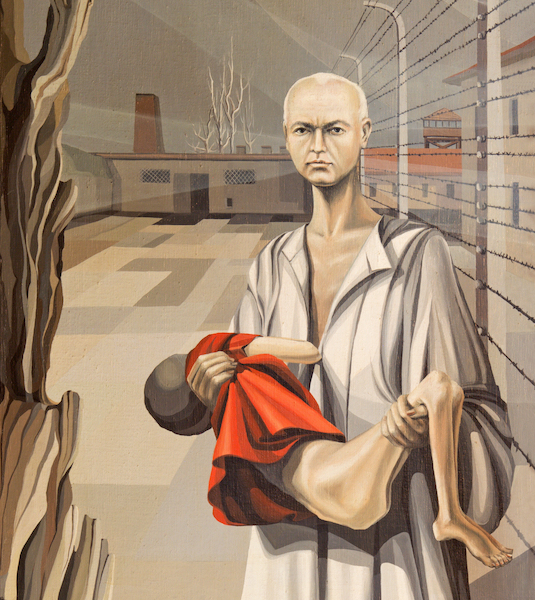
St. Maximilian Kolbe: Witness of light in the darkness
In Auschwitz, Father Maximilian Kolbe performed one of the most selfless acts of witness in modern history. When a fellow prisoner, Franciszek Gajowniczek, a husband and father, was randomly selected to die in retaliation for an escape, Kolbe stepped forward and calmly asked to take his place. The guards, stunned by the request, granted it. Kolbe was sent to the starvation bunker, where he led the condemned in prayers and hymns, transforming that pit of death into a chapel of hope.
His compassion gave witness to the greatest act of love, which is to lay down one’s life for another. When he was finally killed by lethal injection, his body passed from this world to the next, but his witness did not. Kolbe proclaimed the Resurrection not with words but with silence that spoke volumes, with sacrifice, and with astonishing love. In the darkest night of human cruelty, he bore witness to a truth even Auschwitz could not undo: Christ is alive, and we can find his life in the life of others.
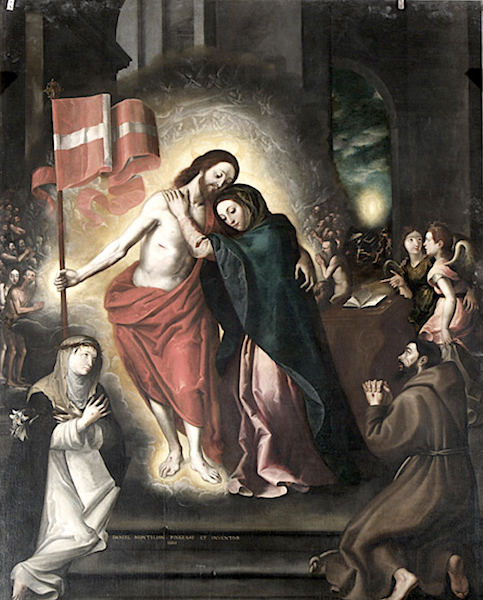
St. Mary, mother of God: Witness of mystery
Mary, the mother of God, the first disciple as well as the Church’s most enduring witness, was present through every season of Christ’s life — from the stable to the cross, from the silence of Holy Saturday to the birth of the Church at Pentecost. She stood firm beneath the cross, enduring suffering no mother should have to bear. And though the Gospels do not place her at the empty tomb, tradition holds her close to the mystery of the resurrection; surely, her Son appeared to her in his risen glory.
Mary’s witness was not one of words but of unwavering love. She kept vigil in the darkest hour, pondering her Son’s promises and trusting in God’s plan. Her life reminds us that to witness is not always to speak but sometimes just to be present. Through her example, we see what it means to live Easter from the inside out, by calling forth courage, contemplation, and a love that never lets go.
This Easter, as Christ and the world awakens around us, may we awaken too — to the call of witness. Let us not focus on teaching one another, but instead live with open eyes and courageous hearts, always attentive to the people and moments God places before us. The Resurrection continues. And through our lives, others may be inspired to know what we know, feel what we feel, believe what we believe: Jesus is risen, and indeed he is with us right now. Hallelujah!
